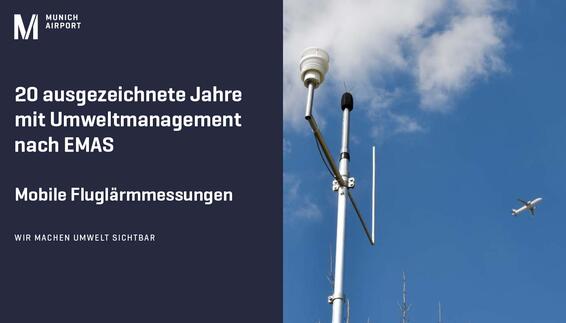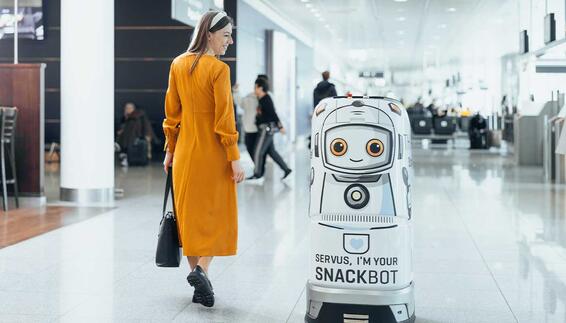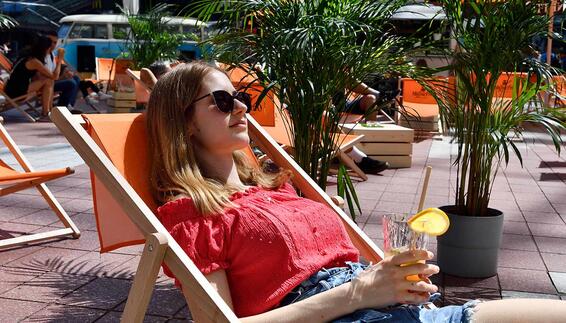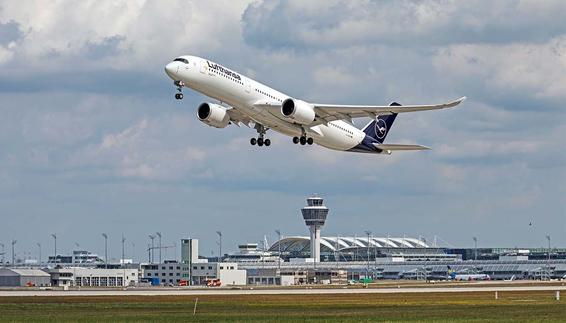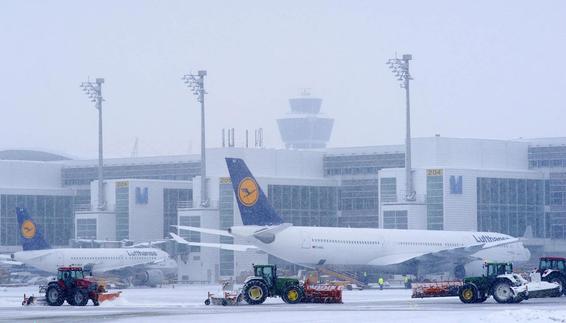The Fast Track to the central security checkpoint in Terminal 2 was put into operation in fall 2023. This allows passengers with time-critical departures to selected destinations accelerated access to the security checkpoint. All passengers can use the Fast Track, regardless of their status and selected travel class.
The authorized flights are displayed in a defined time window on the monitor panel in the middle of the boarding pass control. The two adjacent eGates are programmed accordingly and only allow access for authorized boarding passes.
Since July 31, 2025, Fast Track has also been available to passengers traveling with Lufthansa (LH), Austrian Airlines (OS), Lufthansa City Airlines (VL), Discover Airlines (4Y), Air Dolomiti (EN), Brussels Airlines (SN), and SWISS (LX) can check in their compliant carry-on baggage free of charge at carry-on baggage counter 460 or at machines 432-445 in order to pass through security more quickly via Fast Track. After the carry-on baggage has been checked in, the service staff on site will activate the boarding pass for Fast Track using a hand scanner.









